This is a follow-up to my post on Attracting Butterflies and Pollinators to our Yards – more takeaways from San Diego area speakers Moe Magoski and Michael Klein, plus photos of pollinators, important butterfly plants we might consider weeds, and some resources.
First, Klein shared stats about our important native pollinators:
Native bees (nearly 100% pollinate): According to a taxonomic bee specialist from UC-San Diego, San Diego currently has AT LEAST 675 species of bees. Klein and the specialist conclude that Southern California numbers exceed that.
Flies: (70+% pollinate): “In the American Insect book by Ross H. Arnett, Jr in the U.S. and Canada we have over 17,000 species of flies and the role of at least 70% of them is just to pollinate,” says Klein.
Beetles (35%+ pollinate): The largest species diversity in the world is Beetles (over 365,000 described to date) and at least 35% worldwide are documented pollinators, says Klein.” We still are guessing on the number of beetles in Southern California but local experts note that San Diego County has an estimated 5,000 species of beetles. So one could guess that number is likely larger within Southern California.”
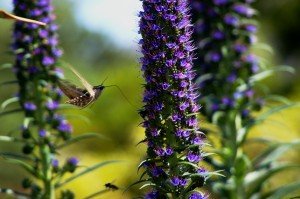
Moths (about 10% pollinate) are well known pollinators of Lepidoptera (butterflies, skippers and moths). “Not only are they active at night like Sphinx moths – well-known pollinators due long proboscis (tongue) – but out of at least 1,500 described species on moths in Southern California, nearly 50% are exclusively day flyers not nocturnal. So moths pollinate at night and also pollinate during the day,” says Klein.
Photos from Michael Klein of important pollinators in Southern California:
Important ‘Weeds’ for our Butterflies
Here are photos of plants – thistle, fennel, plantain, cudweed, pearly everlasting, and mallow — which most people consider weeds. Magoski suggests checking for caterpillars before you remove or weed whack, and consider keeping a patch of them.
And Mallows (We have several varieties below in our yard) – which are the host plants for painted ladies and gray hairstreak butterflies
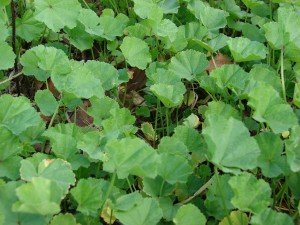
Other Butterfly Weeds
There’s also a mallow called Cheeseweed which can be quite invasive to people’s lawn. But — cabbage white butterflies especially love cheeseweed.
Another one that Klein pointed out is Bermuda grass –
“A little yellow and brown skipper called the Fiery Skipper feeds primarily on Bermuda grass. Go figure!”
Good resources:
- Xerces – a non-profit dedicated to protecting our pollinators and other invertebrates
- Las Pilitas – great website for writeups about California native plants
- California Native Plant Society – or check the native plant society in your area
- Monarch Watch – everything you want to know about monarchs
- Butterfly Farms – local butterfly nursery/research station
- MonarchChaser blog article – this is a nice write-up with photos of the monarch’s stages
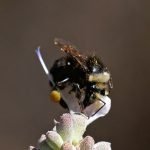
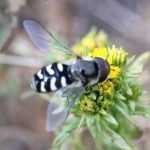
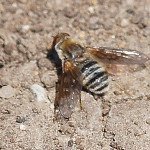
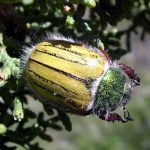
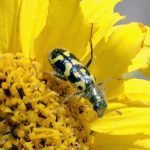
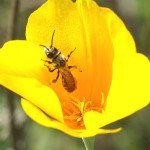

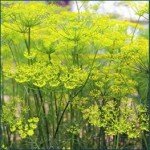

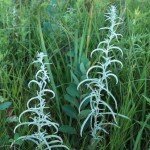
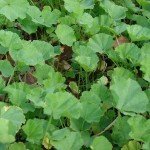
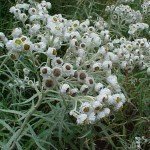
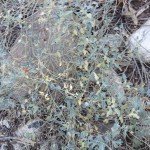
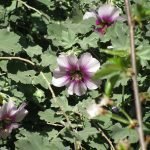
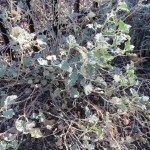
Leave a Reply